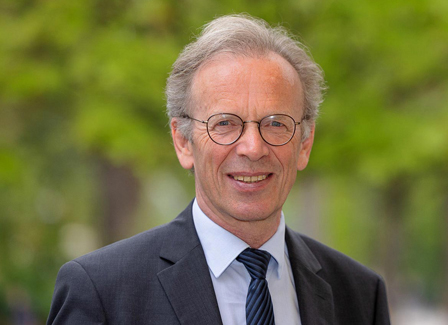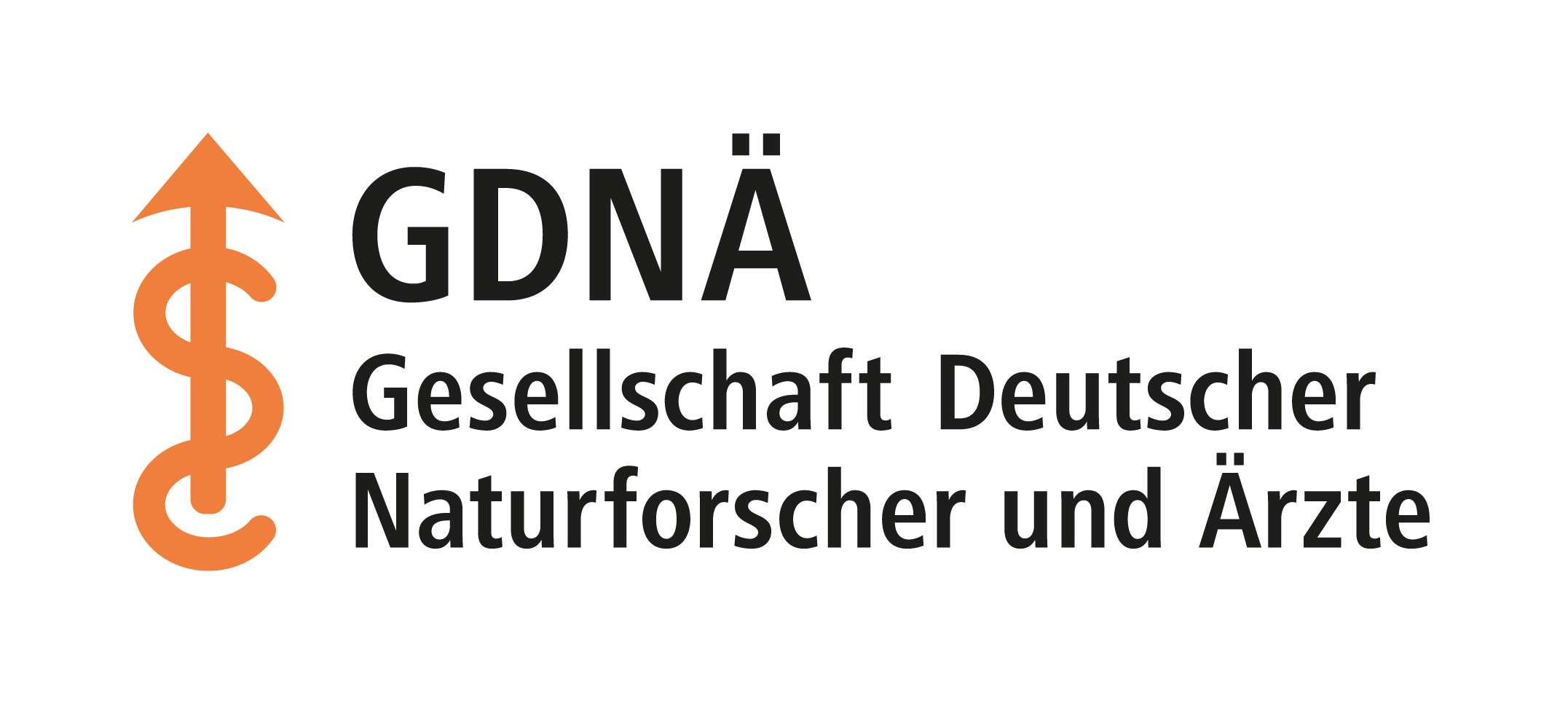200 Years of the GDNÄ
Review of the Anniversary Assembly 2022
Now it is over, the glittering festival of science that we were able to celebrate in the splendid atmosphere of the Leipzig Congress Hall at the Zoo. It was four days full of stimulating encounters and events. After a Corona break of more than two years, we were finally able to get together again in person, in keeping with the spirit of our society’s founders.
Prominent speakers and panellists interpreted the theme “Images in science” from their own perspective. It became apparent how interdisciplinary science is and must be today: All sciences strive to create images, and they use artificial as well as natural intelligence, the large toolbox of computer science, sophisticated methods of physics and specially designed building blocks of chemistry to do so. One example: in order to depict the molecules of life ever more precisely, new dyes and labelling strategies, complex light and electron microscopes, efficient algorithms and plausible visualisations are needed.
On the journey through scientific image worlds, we were allowed to participate in technological and content-related breakthroughs, for example in the search for exoplanets, dark matter and black holes, in blazingly fast NMR imaging and light microscopy on the nanometre scale, or in research on individual molecules and atoms.
All the speakers were well prepared, with lectures that were challenging, understandable and often entertaining. And not only for the eight hundred guests in the hall, but also via livestream, Instagram and website diary for many others, as the impressive user numbers show. As soon as the films are edited, you can watch the presentations again on our Youtube channel.
The discussions on the podium were invigorating, opening up other interesting perspectives in addition to the views of individual speakers. For example, during the festive afternoon on the images of Humboldt’s expeditions and research journeys into the deep sea and the universe; then on Sunday on the incipient revolution in RNA medicine.
Around two hundred participants in our student programme brought freshness and new impulses to the discussion. The gratitude of the young people for this unique programme is overwhelming! The guest book also bears witness to happy-go-lucky feedback: “were able to meet great people”, “inspiring insights into cutting-edge research”, “new images – new world view”, “reveling in enthusiasm”, “let the spark fly”, “best conference ever”, “will gladly come again” – these are just a few examples from many handwritten thank-you notes.
Once again, we would like to thank all those who contributed to the success of this celebration: our guests who travelled from near and far, members and non-members, younger and older, all speakers and panellists, all those who helped with the preparation and implementation in the office and board and in the local team of Zoo and Congress Hall around Jörg Junhold, the city of Leipzig and the state of Saxony for their hospitality, the Nikolaikirche with Sebastian Feydt, who reminded us of the peaceful revolution of 1989, and the musicians who took us on an intensive foray through Leipzig’s musical history, the students around Paul Mühlenhoff, the Instagram team from Stuttgart around Alexander Mäder, the archive of the GDNÄ around Matthias Röschner and all exhibitors at the Expo, the authors and the team of the commemorative publication around Lilo Berg and Thomas Liebscher, all sponsors, donors and benefactors.
After the meeting is before the meeting: The next meeting of the GDNÄ will take place in Potsdam in September 2024, then under the leadership of Heribert Hofer. Anke Kaysser-Pyzalla was elected for the presidency in 2025 and 2026, the first female engineer to chair the GDNÄ. So the planning already reaches quite far into the future.
The festive assembly showed that the GDNÄ is needed and has a model for the future that it can further develop and expand: for an intensive dialogue between disciplines, for an invigorating student programme, and for science communication in the best sense!
Martin Lohse, President of the GDNÄ (2019-2022).

© MIKA-fotografie | Berlin
Prof. Dr. Martin Lohse
About the person
He has been President of the German Society of Natural Scientists and Physicians since 2019: Martin Lohse, Professor of Pharmacology and Toxicology at the University of Würzburg and Managing Director of the Bavarian research company ISAR Bioscience in Martinsried. Martin Lohse made his mark on the 132nd Assembly of the GDNÄ in Leipzig through the conference theme “Science in Pictures”, which originated with him, through his contacts with excellent scientists and, last but not least, through speeches and moderations on the podium. For his research on G-protein coupled receptors he received the highest German science award, the Leibniz Prize of the German Research Foundation. Only recently, the University of Glasgow made him its honorary doctor. Martin Lohse is the editor of the commemorative publication for the 200th anniversary of the GDNÄ, “Wenn der Spark überspringt”.
Detailed curriculum vitae on “Exciting times for science”
